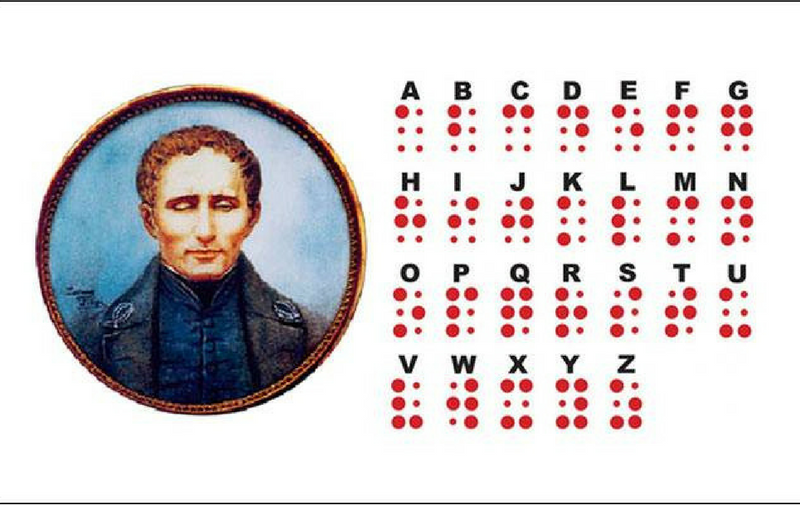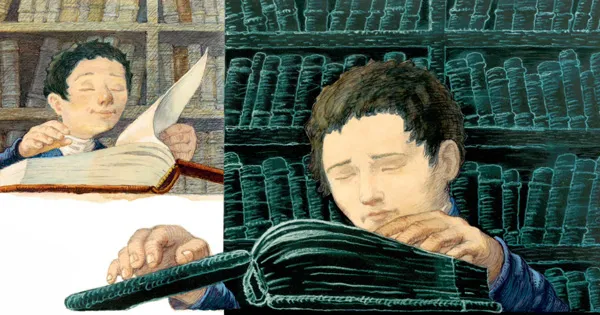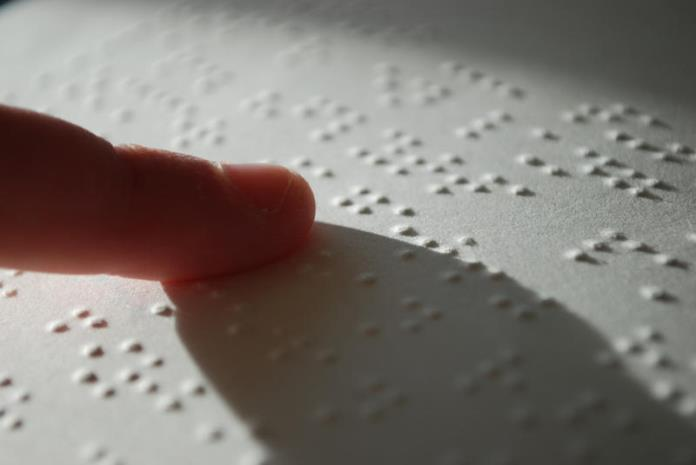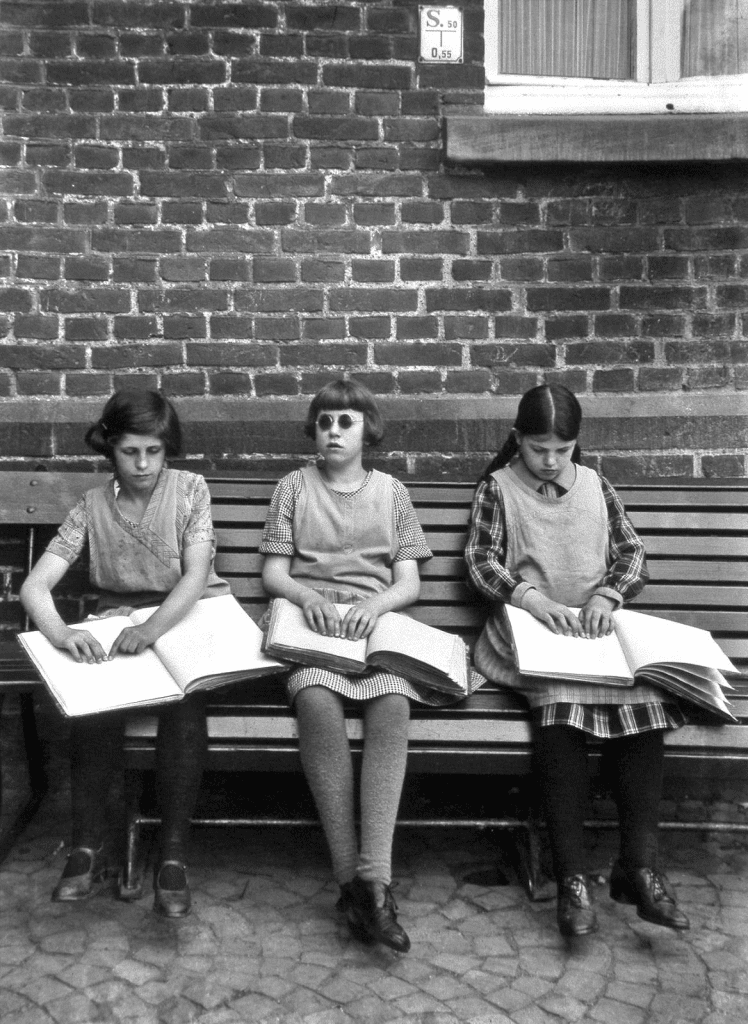When Louis Braille lost his eyesight at the age of three, the world became a much darker and more difficult place. In the early 1800s, blindness often meant a life of dependency, isolation, and limited opportunity. Education for blind individuals was almost nonexistent, and access to written language was an unimaginable luxury.
But Braille didn’t accept that fate. Instead, he used his sharp mind and relentless determination to do something extraordinary. By the time he was just 20 years old, he had invented a revolutionary six-dot reading and writing system that would empower blind people around the world for generations to come. Nearly 200 years later, Braille’s system is still changing lives, bridging the gap between visual and tactile literacy.

A Childhood Marked by Loss and Curiosity
Louis Braille was born in 1809 in Coupvray, France, a small village near Paris. His father worked as a leatherworker, crafting harnesses and other goods in a small shop attached to their home. One day, while playing with tools in his father’s workshop, young Louis suffered a tragic accident: an awl slipped and pierced his eye. The injury became infected, and soon the infection spread to his other eye.

By age five, Louis was completely blind.
But what he lacked in sight, he made up for in resilience. His parents were supportive and insisted he get an education. At ten, Louis earned a scholarship to the Royal Institute for Blind Youth in Paris, one of the few schools in the world for blind students at the time.
Video:
The incredible story of the boy who invented Braille | BBC Ideas
A World Without Books
At the Royal Institute, Louis quickly discovered that blind education was severely limited. The school had a few books printed with raised letters, but they were bulky, slow to produce, and difficult to read. Students had no real way to write for themselves. Reading was a tedious process one where words were few and imagination stifled.
That all began to change in 1821, when a man named Charles Barbier, a French army officer, visited the school. Barbier had developed a system of “night writing” to allow soldiers to communicate silently and in the dark using raised dots and dashes. While the military had dismissed the idea, young Louis saw its potential and its flaws.

Inventing the Braille System
Inspired by Barbier’s code, Louis began experimenting. He realized that for the blind to truly read and write efficiently, the system needed to be simpler, smaller, and more intuitive. By age 15, Louis had developed his own version: a six-dot cell that could be arranged into 63 different characters.
Each Braille character fits under a fingertip, allowing for smooth, rapid reading. His system included not just letters, but also punctuation, numbers, and musical notation opening doors for blind individuals in every field of study.
At just 20 years old, Louis Braille published his system, calling it “Method of Writing Words, Music, and Plain Songs by Means of Dots, for Use by the Blind and Arranged for Them.” It was a breakthrough that gave blind people, for the first time, the ability to read and write independently.

Resistance and Recognition
Despite its brilliance, Braille’s invention wasn’t immediately accepted. Many educators clung to the old method of raised print and resisted change. Even the school where Braille taught for years refused to adopt his system until after his death.
But students loved it. They adopted the code secretly, passing it among themselves. In time, the practicality and efficiency of Braille’s system won over critics.
Louis Braille died in 1852 at the age of 43, never fully seeing the impact of his invention. But just two years later, the Royal Institute officially adopted his system and soon, so did schools across the world.
Video:
Slate & Stylus for Taking Braille Notes #blind #braille #notes
A Legacy That Endures
Today, the Braille system is used in virtually every language. It’s printed on elevators, medications, banknotes, and public signage. Libraries and publishing houses continue to produce thousands of books in Braille, and thanks to modern refreshable Braille displays, it has entered the digital age as well.
More than a writing system, Braille represents freedom, independence, and equality. It enables millions of people to pursue education, careers, and creative expression. Louis Braille’s quiet genius gave voice to the blind and that voice continues to grow louder with every generation.

Conclusion: A Legacy of Light in the Dark
Louis Braille may have lost his vision as a child, but he never lost sight of what truly mattered access to knowledge, self-expression, and human dignity. His six-dot system transformed lives and became a universal tool for literacy.
In a world that often saw blindness as a limitation, Braille offered possibility. And nearly two centuries later, his invention continues to guide fingers across pages, open doors, and light the path forward for millions around the world.


